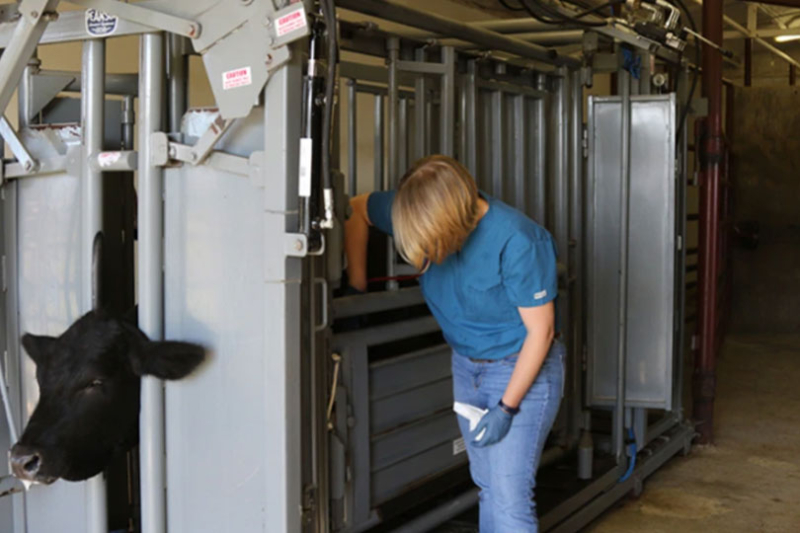By Emmy Powell
Communications Specialist
The U.S. Department of Agriculture (USDA) announced its Rural Veterinary Action Plan to increase the number of rural food animal veterinarians across the U.S.
“Rural veterinarians are vital for the agricultural economy in the United States,” U.S. Secretary of Agriculture Brooke Rollins said. “Our farmers and ranchers rely on these critical services to prevent the transmission of animal disease, protect our food supply and support America’s rural economy.”
The shortage of veterinarians in rural America has the potential to threaten the safety of the U.S. food supply chain.
“As the number of rural food animal veterinarians continues to decline, USDA is putting Farmers First to ensure we build back our first line of defense in our animal food production system—the rural veterinarian,” Rollins said.
The Rural Veterinarian Action Plan includes five focus areas.
The first area to address is enhancing and streamlining veterinary grant programs. USDA will make changes to the Veterinary Medicine Loan Payment Program and the Veterinary Services Grant Program to increase funding and streamline the application process.
USDA’s Economic Research Service will analyze the rural veterinary shortage and publish a report in 2026 for use by USDA and other policymakers to address the crisis.
Another part of the department’s plan is to recruit and retain veterinarians for USDA’s Animal and Plant Health Inspection Service and Food Safety Inspection Service. Efforts could include special pay rates for federal government veterinarians, increased tuition reimbursement to better align with private sector incentives and potential implementation of a recruitment bonus for federal veterinarians.
The department will catalog relevant USDA resources available to veterinarians who are starting a practice. These programs include the Business and Industry Loan Guarantees and the Community Facilities Program.
The final focus area is strengthening outreach by working closely with states, universities and professional organizations to better understand the barriers to veterinarian school and increase recruitment from rural areas.
“With these new investments in scholarships and pay incentives, USDA is not only strengthening our animal food production system but also listening to producers and veterinarians across the country to ensure our programs meet real-world needs. Together, we will keep America’s food supply strong, safe and secure,” Rollins said.


Leave A Comment